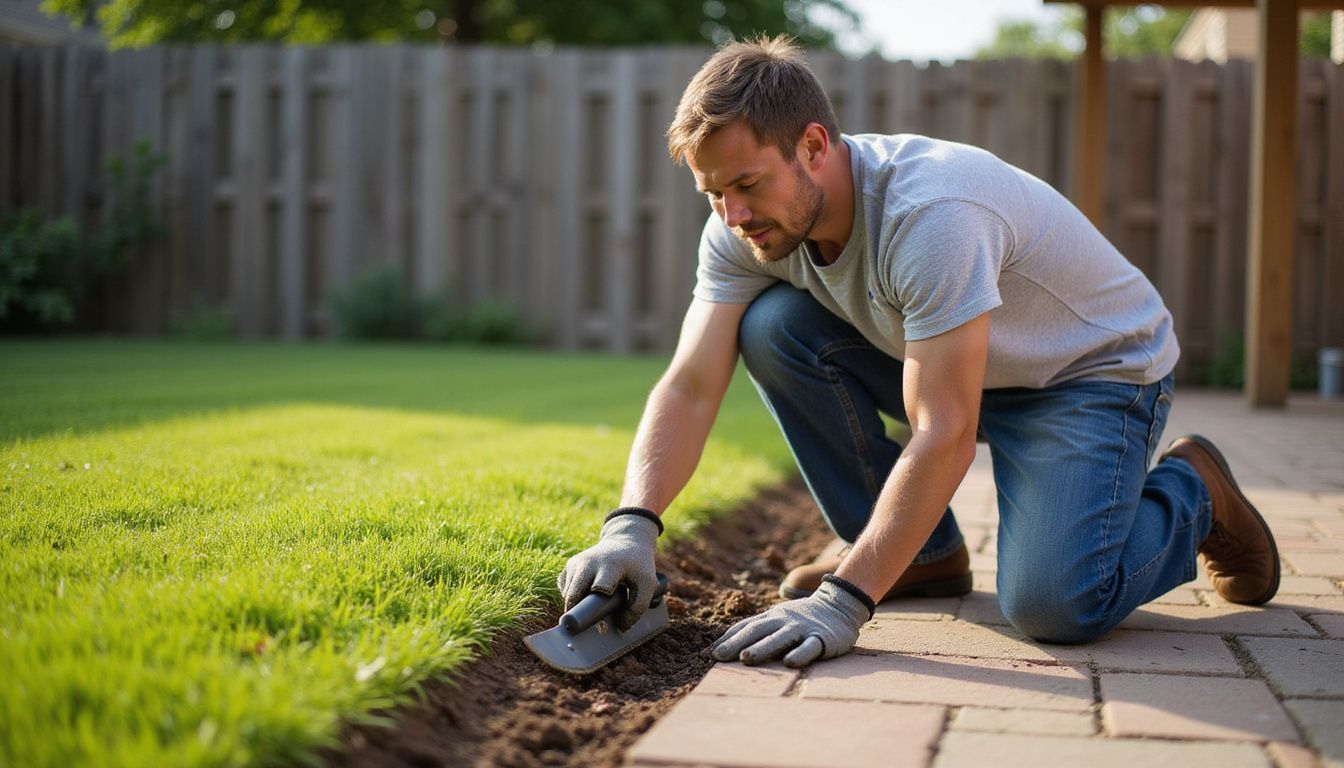When it comes to constructing new buildings, safety is a top priority for everyone involved. Precast concrete is known for being incredibly strong and durable, features that make it a popular choice in the construction industry.
This article will explore how precast buildings stand up to the tests of nature and time, ensuring your peace of mind. Keep reading to discover why precast might be the safe building solution you’re looking for!
Key Takeaways
- Precast concrete greatly improves worker safety by allowing most construction work to be done off – site in a controlled environment, reducing onsite hazards like falls and weather exposure.
- With high fire resistance, precast buildings slow the spread of fires, offering increased protection against flames and blasts and helping to keep occupants safe.
- The structural integrity of precast concrete ensures it can withstand extreme weather conditions and heavy loads, making it particularly resilient in natural disasters such as earthquakes and hurricanes.
- Despite some misconceptions, precast concrete is not more prone to cracking than other building materials when proper design and installation processes are followed.
- Precast concrete requires low maintenance over time due to its resistance to mold, pests, corrosion, and weathering – this contributes to long-term cost savings for building upkeep.
Advantages of Using Precast Concrete for Building Safety
Precast concrete offers improved worker safety, as much of the construction work is done off-site in a controlled environment. It also provides fire resistance and blast and weather protection, increasing the overall safety of the building.
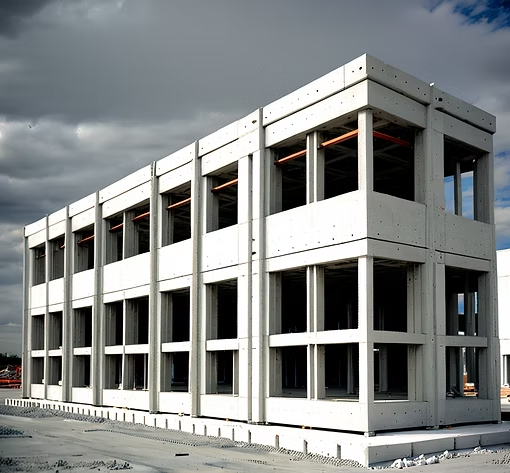
Improved worker safety
Building with precast concrete significantly enhances worker safety on construction sites. By shifting much of the labor to a controlled factory environment, workers face fewer hazards commonly associated with traditional building methods.
There’s less time spent high above the ground or exposed to varying weather conditions, which reduces the risk of falls and other onsite accidents.
Factories that produce precast components adhere to strict safety regulations, ensuring each piece is crafted under optimal conditions. This attention to detail translates into fewer unexpected situations during site assembly, allowing workers to complete projects more efficiently and securely.
Moving onto fire resistance, precast concrete offers another layer of protection.
Fire resistance
Precast concrete exhibits high fire resistance, making it an ideal choice for building safety. Its non-combustible nature and ability to withstand high temperatures make precast concrete structures advantageous in fire-prone areas.
With superior fireproof qualities, precast buildings minimize the spread and impact of fires, providing increased safety for occupants and reducing potential property damage. The inherent fire resistance of precast concrete contributes to creating a secure environment within buildings, aligning with stringent safety standards.
Blast and weather protection
Precast buildings provide excellent blast and weather protection due to their sturdy construction and durable materials. The structural integrity of precast concrete ensures resilience against extreme weather conditions, offering a safe haven for occupants during natural disasters.
Additionally, the fire resistance of precast buildings not only safeguards against flames but also provides an extra layer of protection in the event of a blast. These features demonstrate that precast concrete structures are designed with safety and disaster resilience in mind, making them a reliable choice for various building projects.
The blast and weather protection offered by precast buildings make them ideal for areas prone to severe weather or potential hazards. With its load resistance capabilities and extreme weather durability, precast concrete stands as a dependable choice for protecting residents, workers, and assets from unexpected events.
Disaster Resilience of Precast Concrete Buildings
Precast concrete buildings have a high level of disaster resilience, with the ability to withstand heavy loads and extreme weather conditions. Their low maintenance requirements make them an ideal choice for long-term durability and safety.
Load resistance
Precast concrete buildings exhibit exceptional load resistance, making them highly reliable in withstanding heavy loads and structural stresses. The inherent strength of precast concrete components allows for the construction of robust buildings that can support significant weights without compromising safety or integrity.
This load resistance capability contributes to the overall structural reliability of precast buildings, ensuring long-term durability and stability.
In addition, precast concrete’s load resistance plays a crucial role in disaster resilience, as it provides a strong defense against seismic activity and extreme weather conditions.
Extreme weather protection
Precast concrete buildings offer excellent protection against extreme weather conditions. With its durability, precast concrete can withstand heavy winds, hail, and extreme temperatures without compromising structural integrity.
This makes it an ideal choice for areas prone to hurricanes, tornadoes, or severe storms. Additionally, the waterproof properties of precast concrete provide resistance against water damage during heavy rainfall or flooding events.
The ability of precast structures to resist extreme weather ensures that they remain secure and reliable in any climate.
The resilience of precast concrete against extreme weather is further enhanced by its anti-corrosive properties, which protect it from degradation caused by exposure to moisture and harsh environmental elements.
Low maintenance
Precast concrete buildings require low maintenance due to their durable and long-lasting nature. They are resistant to mold, pests, and weathering, reducing the need for frequent repairs or replacements.
This durability leads to cost savings over time as upkeep is minimal compared to traditional construction materials. With its anti-corrosive properties and fire resistance, precast buildings can withstand harsh environmental conditions without significant degradation.
The low maintenance of precast concrete structures is further enhanced by its waterproof and rust-proof properties. These features contribute to the longevity of the buildings, requiring minimal attention or resources for repair and maintenance.
Common Concerns and Misconceptions about Precast Concrete Safety
Some common concerns and misconceptions about precast concrete safety are the perception of being prone to cracks and a lack of awareness and understanding.
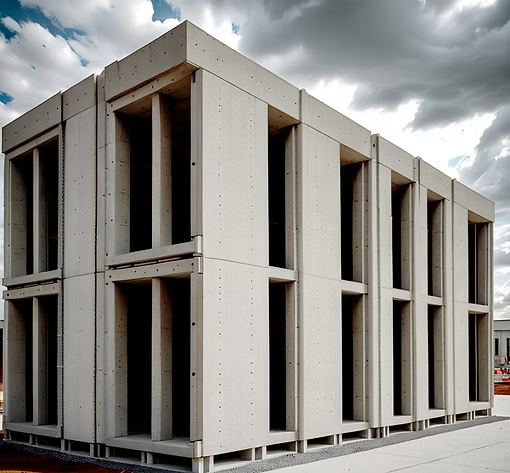
Perception of being prone to cracks
Precast concrete buildings are often perceived as being prone to cracks. However, it is important to note that with proper design, manufacturing, and installation processes, precast concrete structures can be highly durable and resistant to cracking.
The use of high-quality materials and stringent quality control measures during production significantly reduces the risk of cracks in precast concrete elements. In fact, when compared to cast-in-place construction methods, precast concrete has been proven to offer improved tensile strength and overall durability against potential cracking.
The perception of precast concrete being prone to cracks may stem from misconceptions or lack of awareness about its structural integrity and long-term performance. It’s crucial for builders and engineers to understand the benefits of using precast concrete for building safety amidst these concerns while also taking into account specific design considerations that minimize the risk of cracking in structures made from this material.
Lack of awareness and understanding
Many people are not fully aware of the safety advantages of precast concrete buildings. Limited understanding often leads to misconceptions about the material’s durability and resistance to disasters.
This lack of awareness can prevent potential users from taking advantage of the numerous benefits that precast construction offers, including improved worker safety, fire resistance, blast and weather protection, as well as load resistance in extreme conditions.
Educating individuals about the superior qualities and disaster resilience of precast concrete structures is crucial for dispelling misconceptions and promoting its widespread use in various construction projects.
Conclusion
In conclusion, precast buildings are safe and secure structures that offer numerous advantages in terms of worker safety, disaster resilience, and common concerns debunking. Precast concrete ensures improved worker safety on construction sites and provides fire resistance and blast protection.
Furthermore, it offers exceptional load resistance and extreme weather protection. These features make precast buildings a reliable choice for construction projects requiring durability and safety measures.
FAQs
1. What makes precast buildings safe during earthquakes?
Precast buildings are designed for seismic resilience, meaning they have the strength to resist earthquake forces and provide safety due to their special construction techniques.
2. Are fireproof measures a part of precast concrete structures?
Yes, precast concrete is naturally fireproof, offering protection against fires and contributing to overall disaster-resistant features in building design.
3. How do precast constructions protect against extreme weather and disasters?
Disaster-resilient precast structures benefit from durability and structural engineering that safeguard them against extreme weather events and other disasters.
4. Is there a focus on worker safety in the process of constructing precast buildings?
Indeed, worker safety in precast construction is paramount; building codes ensure prefabricated elements meet strict standards before being used on site.
5. Do building codes consider the blast resistance of precast concrete when approving designs?
Building designs using precast concrete must comply with building codes that account for blast and fire load resistance, ensuring these structures can withstand such impacts safely.
Recent Posts
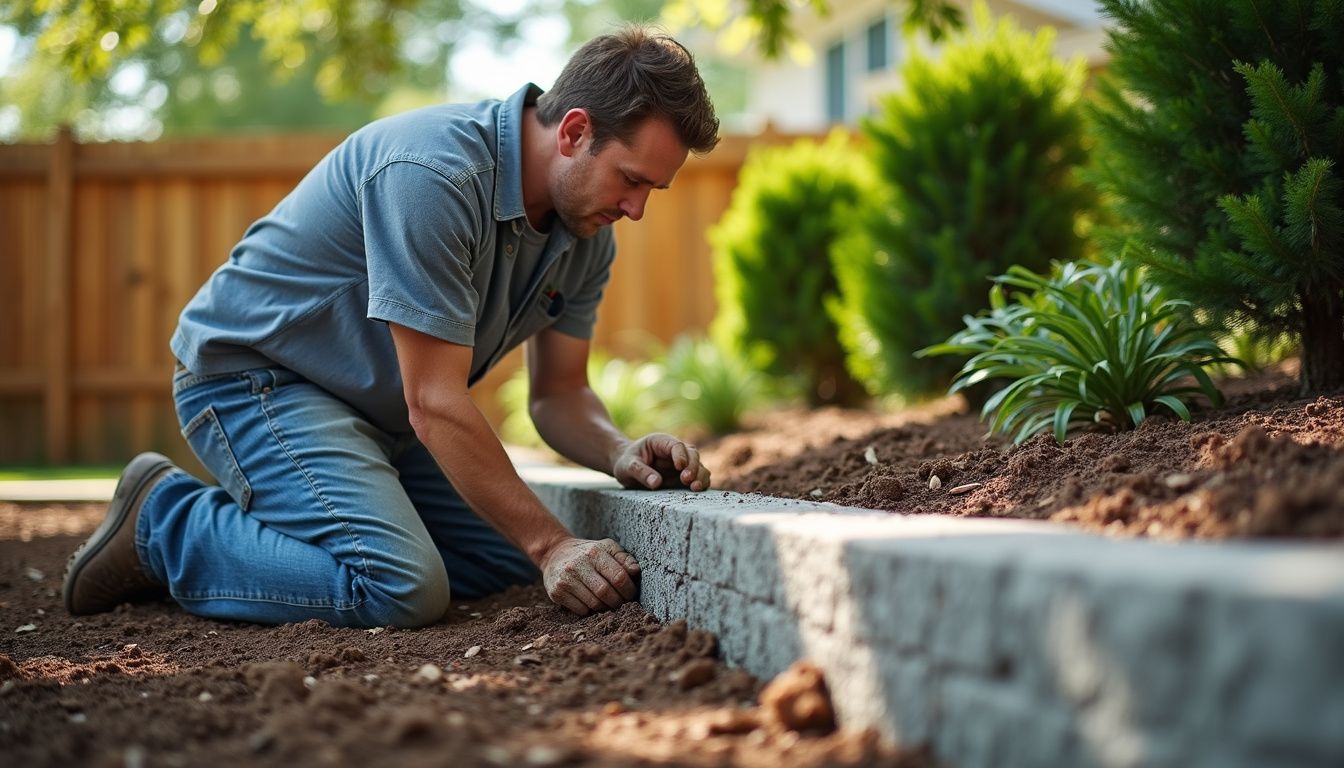
Why Landscaping Pros Prefer Precast Concrete Over Poured-in-Place
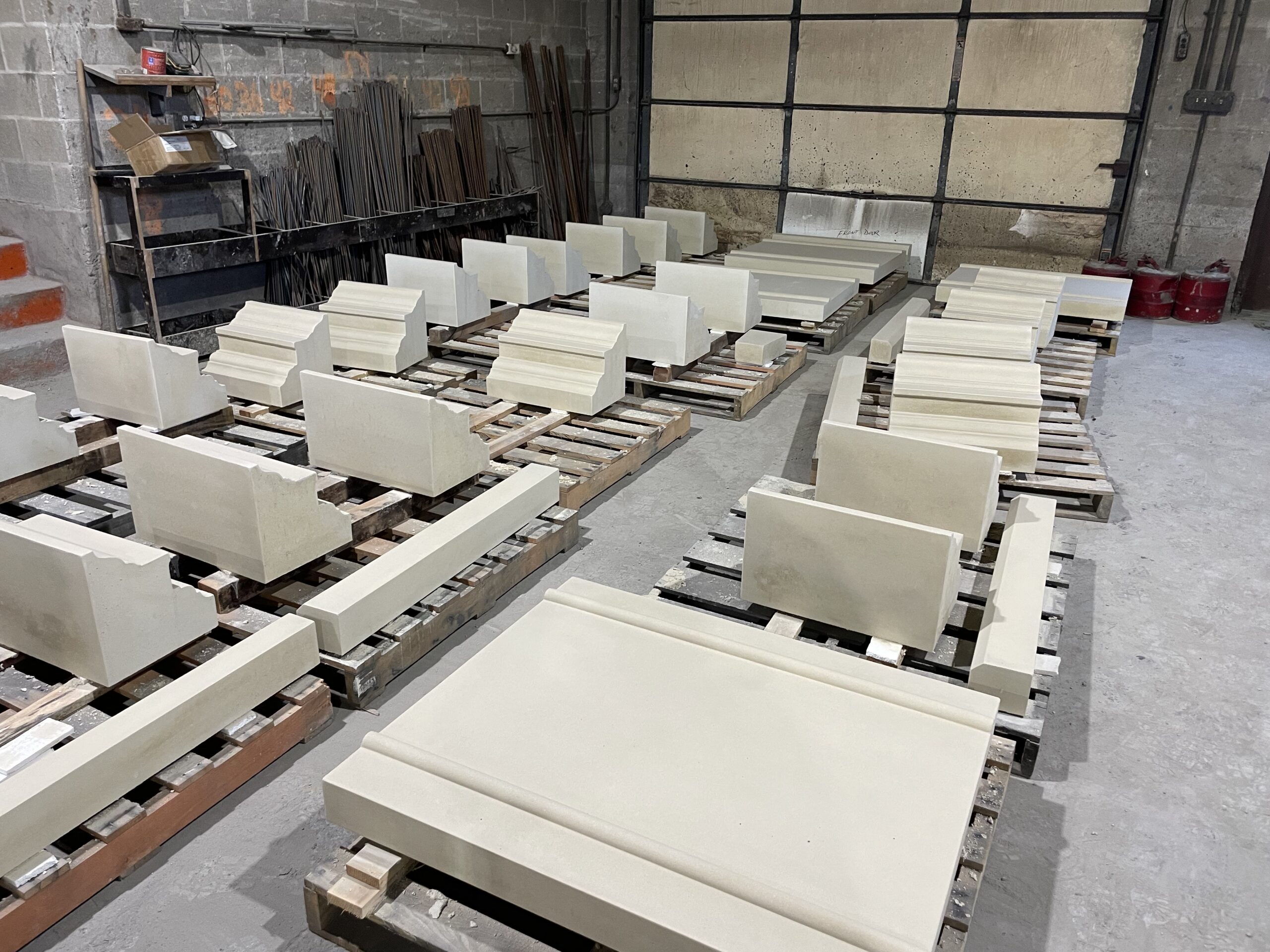
Why & How is Precast Concrete Prestressed?
